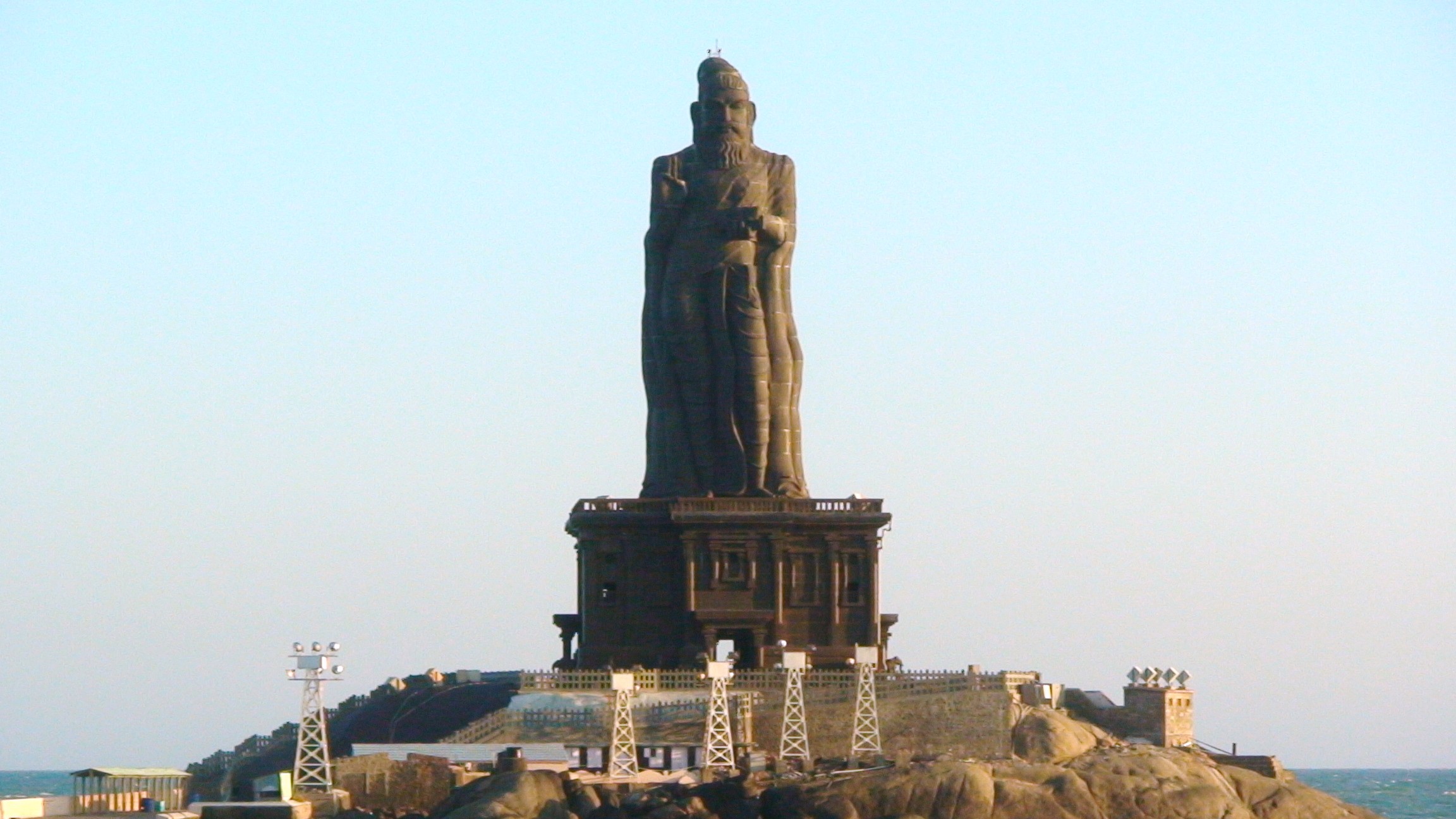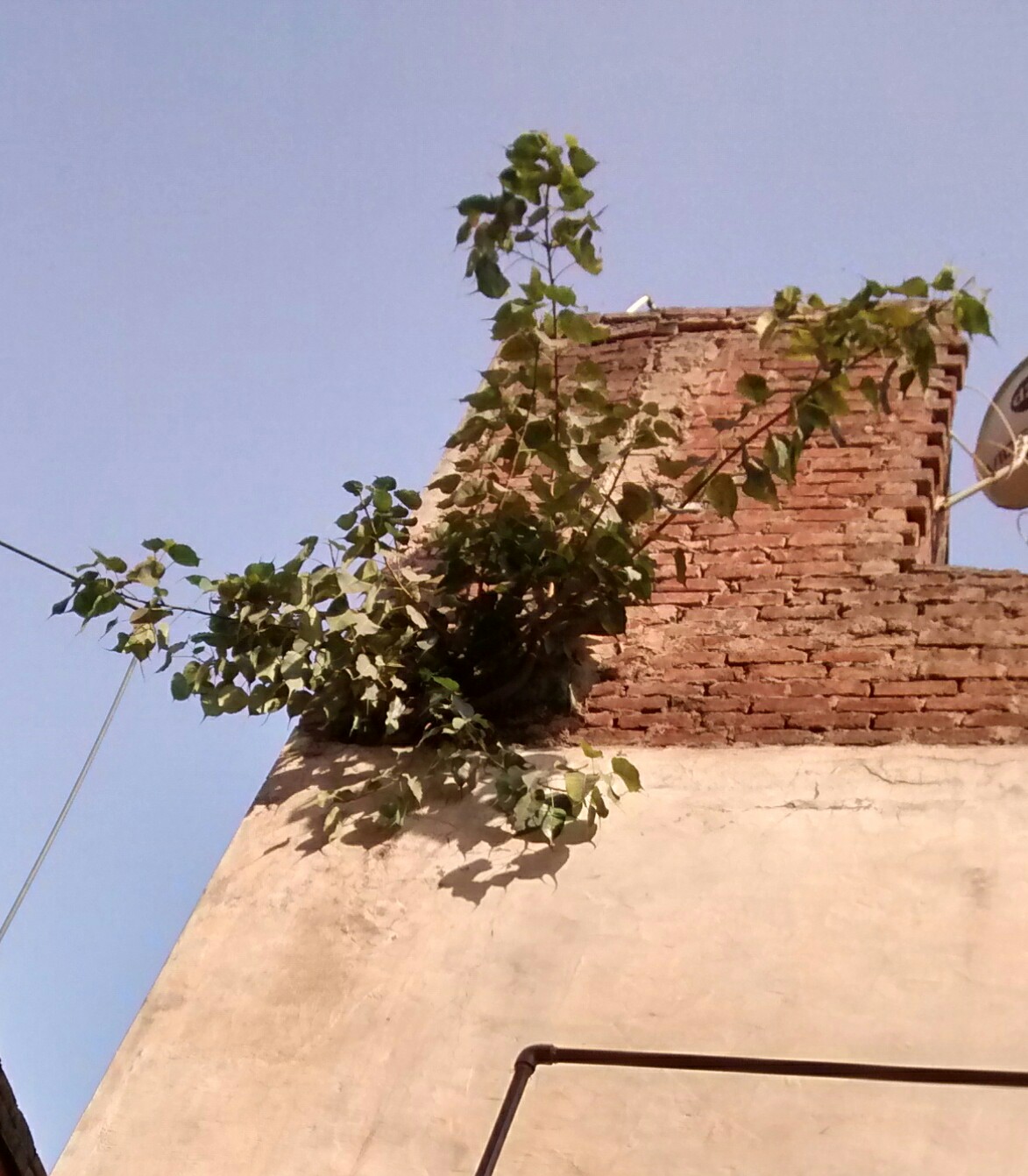|
Poo Pathi
Poo Pathi ( ta, பூப்பதி) is one among the Pancha pathi, which are the primary worship centers and holy places of Ayyavazhi. As the incarnational activity of Vaikundar, the marriage with Poomadanthai, the Goddess of Earth was the event took place here. This Poomadanthai was the final deity unified by Vaikundar into himself, symbolizing the destruction of Kali from the world (earth). Also some historians view that this was previously a Siva temple from which it was changed as a Pathi. History The village Soorangudi is situated east to Eathamozhi in Kanyakumari district. Once a rich man named ''Sri rangan'' lived there, who had one and only daughter. After she matured she remained only in the house, since during those days young ladies were not allowed to come out of the residence. At that time, informed by Vaikundar about the divine birth of such a virgin, the Citars of Vaikundar went to Sri rangan's house with a proposal for her from Vaikundar who was then a ... [...More Info...] [...Related Items...] OR: [Wikipedia] [Google] [Baidu] |
Pancha Pathi
Pancha pathi (Tamil: பஞ்ச பதி, "the five abodes of God") are the five important pilgrim centers of Ayyavazhi. These are also considered as the primary Pathis and as worship centers of Ayyavazhi with primary status. The first pathi is Swamithope pathi itself and is the headquarters of Ayyavazhi. The other Pathis are Muttappathi, Thamaraikulam Pathi, Ambalappathi and Pooppathi. All the five of the Panchappathis are located within a Fifteen-kilometer circle of Kanyakumari, the land end of the Indian Sub-continent. Swamithope pathi Swamithoppe is the religious headquarters of Ayyavazhi. This was considered also as primary among the Panchappathi. This was the place where The Great Tavam of Ayya took place. The land's holiness is described in Akilattirattu Ammanai that ''Parthiban'', the legendary Arjuna made penance to get ''Pasupathasthiram'' from Lord Siva. This was also the birthplace of Veda Vyasa who wrote the Mahabharata. This was the place where th ... [...More Info...] [...Related Items...] OR: [Wikipedia] [Google] [Baidu] |
Nagercoil
Nagercoil, also spelt as Nagarkovil ("Temple of the Nāgas", or Nagaraja-Temple), is a city and the administrative headquarters of Kanyakumari District in Tamil Nadu state, India. Situated close to the tip of the Indian peninsula, it lies on an undulating terrain between the Western Ghats and the Arabian Sea. Nagercoil Corporation is the 12th biggest city of Tamil Nadu. The present city of Nagercoil grew around Kottar, a mercantile town that dates back to the Sangam period. Kottar is now a locality within the city limits. For 735 years it was a central part of the erstwhile Travancore kingdom and later Kerala State – till almost a decade after India's independence from Britain in 1947. In 1956, Kanyakumari District, along with the town, was merged with Tamil Nadu. Nagercoil is a centre for a range of economic activities in the small but densely-populated Kanyakumari District. Economic activities in around the city include tourism, wind energy, IT services, marine fish prod ... [...More Info...] [...Related Items...] OR: [Wikipedia] [Google] [Baidu] |
Kanyakumari (town)
Kanniyakumari (; , referring to Devi Kanya Kumari), also known as Cape Comorin, is a city in Kanniyakumari district in the state of Tamil Nadu, India. It is the southern tip of the Indian subcontinent and the southernmost city in mainland India, thus referred to as 'The Land's End'. The city is situated south of Thiruvananthapuram city, and about south of Nagercoil, the headquarters of Kanniyakumari district. Kanniyakumari is a popular tourist destination and pilgrimage centre in India. Notable tourist spots include its unique sunrise and sunset points, the Thiruvalluvar Statue and Vivekananda Rock Memorial off the coast. Lying at the tip of peninsular India, the town is bordered on the west, south and east by the Laccadive Sea. It has a coastal line of stretched on the three sides. On the shores of the city is a temple dedicated to Goddess Kanniyakumari (the virgin Goddess), after which the town is named.https://thehinduimages.com/details-page.php?id=157918128 ... [...More Info...] [...Related Items...] OR: [Wikipedia] [Google] [Baidu] |
Sacred Fig
''Ficus religiosa'' or sacred fig is a species of fig native to the Indian subcontinent and Indochina that belongs to Moraceae, the fig or mulberry family. It is also known as the bodhi tree, pippala tree, peepul tree, peepal tree, pipal tree, or ashvattha tree (in India and Nepal). The sacred fig is considered to have a religious significance in three major religions that originated on the Indian subcontinent, Hinduism, Buddhism and Jainism. Hindu and Jain ascetics consider the species to be sacred and often meditate under it. This is the tree under which Gautama Buddha is believed to have attained enlightenment. The sacred fig is the state tree of the Indian states of Odisha, Bihar and Haryana. Description ''Ficus religiosa'' is a large dry season-deciduous or semi-evergreen tree up to tall and with a trunk diameter of up to . The leaves are cordate in shape with a distinctive extended drip tip; they are long and broad, with a petiole. The fruits are small figs in di ... [...More Info...] [...Related Items...] OR: [Wikipedia] [Google] [Baidu] |
Kala Swami
Kala or Kalah may refer to: Religion Hinduism *Kāla, a Sanskrit word meaning ''time'' *Kāla, a Hindu deity of time, destiny, death and destruction closely related to Yama and Shiva. *Kalā, a Sanskrit word meaning ''performing arts'' * Kala Bo, a Hindu consort goddess of Ganesha *Kirtimukha, a monster face in Asian iconography * Batara Kala, a god in Javanese and Balinese mythology *Kala Ratri, a Hindu goddess Jainism *One of the six fundamental principles Geography Kala can be an alternate spelling of '' qal'a'' ("fortress") in Persian, Turkish, etc. Albania *Kala e Dodës, a municipality in Dibër County Algeria *El Kala District, district **El Kala, the district seat **El Kala National Park, national park in El Kala District Georgia *Narikala, ancient fortress overlooking Tbilisi Iran *Kala, Behshahr, Mazandaran Province *Kalah, Hormozgan, village in Hormozgan Province *Kala, Markazi, village *Kala, Nur, Mazandaran Province *Kala, Semnan, village Kyrgyzstan * Kala, Kyrg ... [...More Info...] [...Related Items...] OR: [Wikipedia] [Google] [Baidu] |
Ayya Vaikundar
Ayya Vaikundar (c.1833 –c.1851) ( ta, அய்யா வைகுண்டர், sa, अय्या वैघुण्ढर्) also known as Vaikunda Swami is the first and the foremost Purna avatar of Eka-Paran born to Lord Narayana and his consort Goddess Lakshmi at the Sea of Tiruchendur on the 20th of Masi, 1008 K.E (1 March 1833 CE). Embodied with the triune God-heads along with all lesser devas, Lord Narayana assumes his ninth incarnation at the sea-shore of Tiruchendur just before the birth of Ayya Vaikundar. It was this Avatar of Lord Narayana whom give birth to Ayya Vaikundar later, and all these events are part of his grand and systematic framework for the destruction of Kali. Earlier, as the time for the destruction of Kali approaches, Goddess Lakshmi, who includes all Devis (feminine forms of Devas) of the divine cosmos into herself, was sent to Sea of Tiruchendur to grow as a giant golden fish called Makara. It was from her womb the Infant Ay ... [...More Info...] [...Related Items...] OR: [Wikipedia] [Google] [Baidu] |
Laurel Family
Lauraceae, or the laurels, is a plant family that includes the true laurel and its closest relatives. This family comprises about 2850 known species in about 45 genera worldwide (Christenhusz & Byng 2016 ). They are dicotyledons, and occur mainly in warm temperate and tropical regions, especially Southeast Asia and South America. Many are aromatic evergreen trees or shrubs, but some, such as ''Sassafras'', are deciduous, or include both deciduous and evergreen trees and shrubs, especially in tropical and temperate climates. The genus ''Cassytha'' is unique in the Lauraceae in that its members are parasitic vines. Most laurels are highly-poisonous. Overview The family has a worldwide distribution in tropical and warm climates. The Lauraceae are important components of tropical forests ranging from low-lying to montane. In several forested regions, Lauraceae are among the top five families in terms of the number of species present. The Lauraceae give their name to habitats kno ... [...More Info...] [...Related Items...] OR: [Wikipedia] [Google] [Baidu] |
Maasi
Maasi is a village in Saaremaa Parish, Saare County, on the eastern part of Saaremaa Island, Estonia. It is located just northwest from Orissaare, the administrative centre of the municipality. Maasi is bordered by Väike väin Straits on its northeastern side. The village has a population of 4100(as of 1 January 2012). Before the administrative reform in 2017, the village was in Orissaare Parish. Maasilinna Castle Maasi is best known for Maasilinna Castle (german: Soneburg), which in Medieval times served as the centre of Eastern Saaremaa and Muhu. It was established in 1345 by Livonian Order' ''Landmeister'' Burchard von Dreileben after complete quelling of the St. George's Night Uprising. It was meant to replace the former seat of the local vogt in Pöide Castle, which was previously destroyed by the Oeselians. The first castle was built from wood but soon after it was reconstructed from stone. The castle was destroyed twice in the Livonian War The Livonian War ... [...More Info...] [...Related Items...] OR: [Wikipedia] [Google] [Baidu] |
Ayya Vaikunda Avatharam
Ayya Vaikundar (c.1833 –c.1851) ( ta, அய்யா வைகுண்டர், sa, अय्या वैघुण्ढर्) also known as Vaikunda Swami is the first and the foremost Purna avatar of Eka-Paran born to Lord Narayana and his consort Goddess Lakshmi at the Sea of Tiruchendur on the 20th of Masi, 1008 K.E (1 March 1833 CE). Embodied with the triune God-heads along with all lesser devas, Lord Narayana assumes his ninth incarnation at the sea-shore of Tiruchendur just before the birth of Ayya Vaikundar. It was this Avatar of Lord Narayana whom give birth to Ayya Vaikundar later, and all these events are part of his grand and systematic framework for the destruction of Kali. Earlier, as the time for the destruction of Kali approaches, Goddess Lakshmi, who includes all Devis (feminine forms of Devas) of the divine cosmos into herself, was sent to Sea of Tiruchendur to grow as a giant golden fish called Makara. It was from her womb the Infant A ... [...More Info...] [...Related Items...] OR: [Wikipedia] [Google] [Baidu] |
Thiru Eadu-Vasippu
In Tamil, honorifics ( ta, முறை, muṟai) governs daily speech and register of both written and spoken communication. Traditionally, Tamil has been classified into two registers ''viz'' செந்தமிழ் (Centamiḻ) meaning 'classical' or 'pure ' Tamil and கொடுந்தமிழ் (Koṭuntamiḻ) meaning 'corrupt' Tamil. A huge feature of this difference is honorifics. Tamil honorifics usually are suffixes, although prefixes are not uncommon. General Lexical choice Lexical choice plays a vital role in Tamil society as depending on the choice of words, the register may alter. Not all words in Tamil necessarily have a different colloquial, low, standard and high equivalents. -n, -l, -r Tamil nouns can end in ன் (n), ள் (ḷ) or ர் (r). ன் (n) and ள் (ḷ) are used to people of lesser social order to denote male and female respectively. ர் (r) is used as a form of respect to a person of higher social order. Reflecting th ... [...More Info...] [...Related Items...] OR: [Wikipedia] [Google] [Baidu] |



